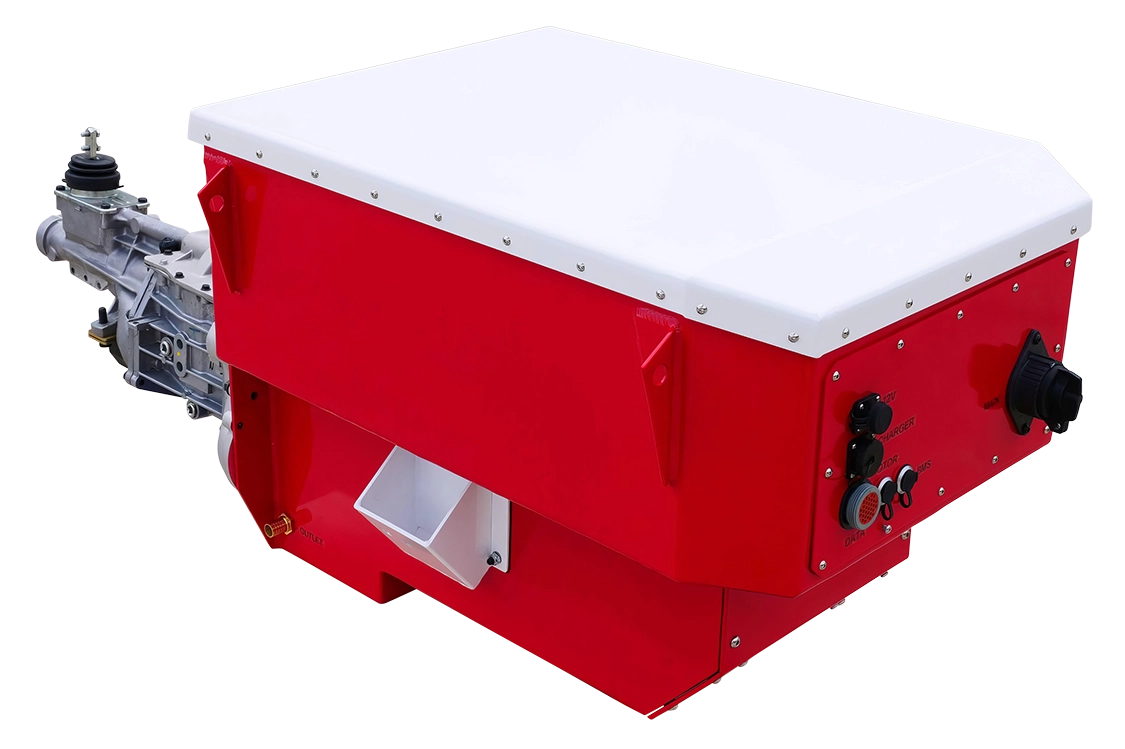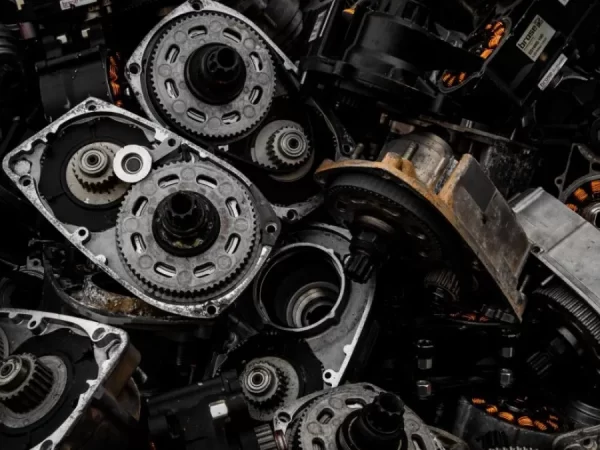So, you’ve got that old car sitting in the garage, and you’re dreaming of giving it a new, electric lease on life. Honestly, it’s an exciting project. But staring down the list of parts you need can feel, well, a little overwhelming. Where do you even start?
Here’s the deal: a successful DIY EV conversion isn’t about magic. It’s about understanding the core components and how they work together. Think of it like a high-stakes, incredibly rewarding puzzle. Let’s dive into the essential pieces you’ll need to source.
The Heart of the Machine: The Motor and Controller
This duo is the undeniable powerhouse of your new electric vehicle. They’re the dynamic replacement for the internal combustion engine.
The Electric Motor
You’re typically choosing between two main types for a DIY electric car conversion:
- AC Motors: These are the modern standard for most production EVs and high-end conversions. They offer fantastic efficiency, regenerative braking (which recovers energy as you slow down), and generally require less maintenance. The downside? The controller is more complex and the initial cost can be higher.
- DC Motors: These are the classic choice for a first-time DIY EV conversion project. They’re simpler, more forgiving, and the controller technology is straightforward. The trade-off? They can be physically larger for the same power and are less efficient overall.
Choosing between AC and DC is your first big fork in the road. For a beginner, a DC setup is often the most accessible path forward.
The Motor Controller
If the motor is the muscle, the controller is the brain telling that muscle what to do. It takes the signal from your accelerator pedal and precisely regulates the power sent from the battery to the motor. You can’t just wire a battery straight to a motor and hope for the best—that’s a one-way ticket to a melted mess.
Matching the controller’s voltage and current ratings to your motor and battery pack is absolutely non-negotiable. It’s a critical piece of the EV conversion components puzzle.
The Lifeblood: Batteries and the Battery Management System
This is where your range comes from. And, let’s be honest, it’s also the single biggest expense.
High-Voltage Battery Pack
Gone are the days of lead-acid being the only option. Today, lithium-ion cells are the undisputed king for any serious EV conversion parts list. They offer a phenomenal energy density, meaning you can pack a lot of range into a relatively small space.
You’ll often hear about different lithium chemistries:
| Chemistry | Pros | Cons | Best For |
| LiFePO4 (Lithium Iron Phosphate) | Extremely safe, long cycle life, tolerant of abuse | Lower energy density, heavier | Beginners, safety-first projects |
| NMC (Lithium Nickel Manganese Cobalt) | High energy density, great power output | More sensitive, requires careful BMS | Maximum range and performance |
Sourcing these can be a project in itself—some people use new prismatic cells, while others get creative and salvage modules from wrecked production EVs.
Battery Management System (BMS)
You simply cannot run a lithium pack without a quality BMS. It’s the guardian angel of your battery. A BMS actively monitors every cell group, ensuring they charge and discharge evenly. It prevents overcharging, over-discharging, and balances the cells. Neglect this component, and you risk damaging your very expensive battery pack, or worse.
Making It All Work: The Supporting Cast
The big-ticket items get all the attention, but the conversion is in the details. These are the unsung heroes that tie your system together.
Charging System
How do you fill ‘er up? You’ll need an on-board charger. This device converts the AC power from your household outlet or a public charging station into the DC power your battery pack craves. Charger power ratings (like 3.3 kW, 6.6 kW, etc.) determine how quickly you can recharge. A 6.6 kW charger will refill your battery much faster than a 3.3 kW unit, but it also demands more from your electrical circuit.
DC-DC Converter
Your old car had an alternator to power the 12-volt system—the lights, radio, wipers, and ECU. An EV doesn’t have that. Instead, a DC-DC converter steps down the high voltage from your main battery pack to a stable 12-14 volts to keep the car’s accessories alive. It’s a small but absolutely vital component.
Adapter Plate and Coupler
This is the literal mechanical link between your new electric motor and the car’s existing transmission. An adapter plate is a custom-machined piece of metal that bolts to the motor and then to the transmission bellhousing. A coupler then connects the motor’s shaft to the transmission’s input shaft. The precision here is key—any misalignment will cause vibration and premature failure.
The Nervous System: Wiring and Safety
High-voltage electricity is not something to play with. Your wiring and safety components are what make the project safe to drive and work on.
You’ll need:
- High-Voltage Cables & Connectors: Thick, orange, and specifically rated for the current you’ll be pushing.
- Main Contactor and Pre-charge Circuit: These are heavy-duty relays that safely connect and disconnect the battery pack. The pre-charge circuit prevents a massive current surge that can destroy your controller.
- Fuses and Circuit Breakers: Your primary defense against short circuits.
- Insulation Monitoring Device (IMD): A sophisticated safety device that constantly checks for any current leakage to the vehicle’s chassis. It’s a must-have for true peace of mind.
A Realistic Look at the Process
Okay, so you’ve got the parts list. What does the journey actually look like? It’s rarely a straight line.
First, you remove the old engine, gas tank, and exhaust—the “deconstruction” phase. It’s cathartic. Then, you test-fit the electric motor and adapter plate. This is where you often discover your first unexpected challenge, a bracket that needs modifying, a clearance issue. It’s all part of the process.
Mounting the battery pack is its own puzzle. Weight distribution is critical. You can’t just slap all the batteries in the trunk; you have to think like a chassis engineer. Where will they fit? How will you secure them? How will you run the high-voltage cables safely?
The wiring, honestly, is the most meticulous part. One wire at a time. Label everything. Double-check every connection. A wiring mistake is the most common source of frustrating, hard-to-diagnose problems later.
Final Thoughts: More Than Just Parts
In the end, a DIY EV conversion is more than a shopping list of components. It’s a deep dive into mechanical and electrical engineering. It’s a test of patience and problem-solving. Sure, you end up with a zero-emissions vehicle that’s utterly unique. But the real value? It’s in the knowledge gained, the skills honed, and the sheer satisfaction of hearing a silent whir where an engine used to roar.
You’re not just assembling parts. You’re reimagining what a machine can be.





